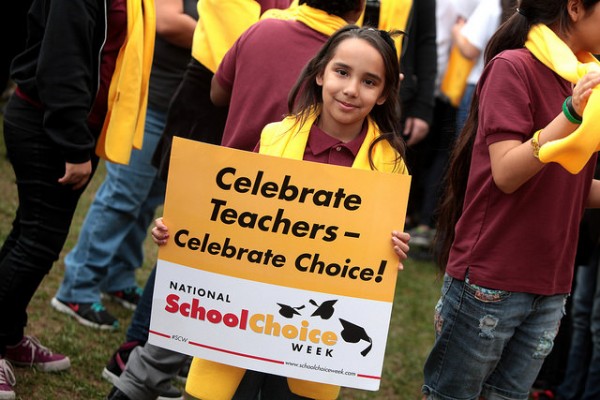
Poor neighborhoods tend to have poor schools. This means that poor families, many of whom are minorities, face barriers to quality education. School choice is often seen as the solution.
Peter M. Rich and Jennifer L. Jennings investigate whether and how families in Chicago respond to new information about school quality and opportunities to choose their children’s schools when financial, social, and geographic constraints influence their enrollment decisions. Analyzing Chicago Public School (CPS) administrative records of student enrollment over consecutive semesters shows whether students stay at one school, transfer to another school in the same district, or switch to a non-CPS school. To understand more about who moves where, Rich and Jennings look at each student’s race and gender, whether the student receives free or reduced lunch, their math and reading test scores, and other demographic information. The authors then compare differences in transfer rates before and after the enactment of a school accountability policy.
The authors find that many families change schools in response to their child’s school earning a poor rating. Poor families most often transfer schools within districts, but overall, they transfer less frequently than non-poor families. When poor families move schools, they often switch from probation schools (those in danger of failing accountability testing) to non-probation schools. Although such moves seem logical, the non-probation schools to which families switch are still in the bottom 50% of all Chicago Public Schools. Families with more resources are more likely to transfer schools within the same district, transfer to schools in other districts, or enroll their children in private schools.
This pattern arises not just from class, but also from race. Over 80% of all students attending the CPS probation schools were Black, compared to almost no Asian, Native American, or White students. However, Black families responded to school probation status by transferring, while Hispanic students generally stay.
School accountability policies in this study resulted in an overall sorting away from probation schools, but holding schools accountable failed to close the inequality gap between poor and non-poor students. School choice seems to simply reinforce existing gaps: those likely to benefit from school choice are already privileged enough to transfer schools.

Comments